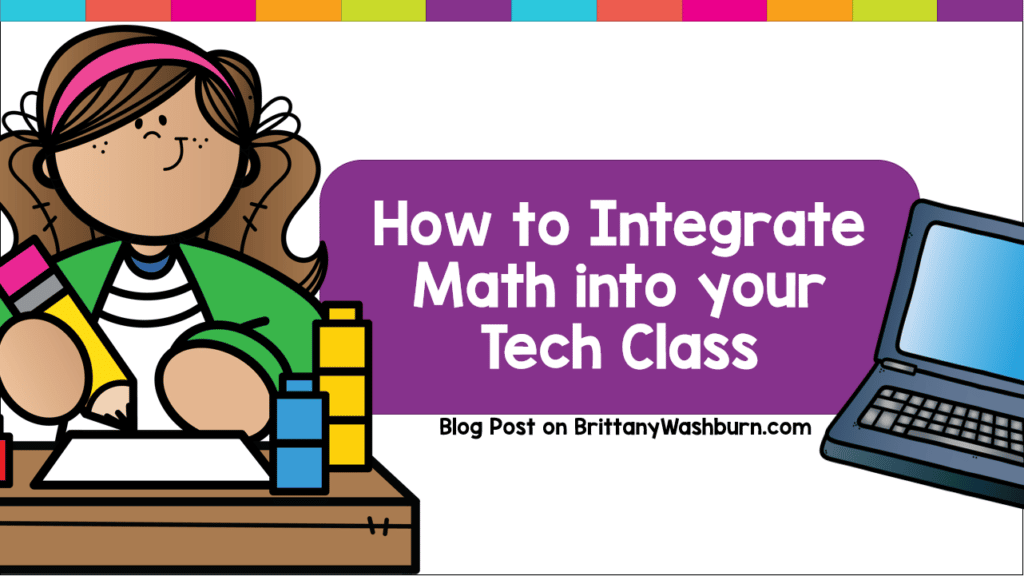How to Integrate Math into your Tech Class

Math underpins so many elements of technology. Nevertheless, much of the mathematical knowledge required of those who work in technology related fields is college level. What you need to know is how to integrate math into your lessons in tech class in a way that is accessible to your elementary, middle and high school students! Here are a few recommendations that will let you blend math practice into your tech lessons an authentic way.
Coding
- Even the block-based coding that students often start with still offers the opportunity to implement several math skills. Positioning objects on an x and y axis, setting degrees of rotation, specifying percentages for changing the size of objects, inserting comparison operators and understanding variables are all relevant. Rather than simply letting your students drag and drop avatars, challenge them to use nothing but the numbers to place them!
- 3D modeling needs students to work with geometry, spatial reasoning and the additional component of an XYZ axis.
- You also employ XYZ coordinates and other math essentials from traditional two-dimensional coding to code virtual reality, and your students can too with programs like Hatch Kids.
Other Real-World Tech
- Google Sheets and Excel lessons easily incorporate math vocabulary and more through the use of formulas. They also help students collate data and create a wide variety of graphs to display that information. Browse through these Advanced Forms and Sheets Lesson Ideas, or take a look at my 12 Months of Google Sheets and Excel Spreadsheet Projects.
- Engineering and building in robotics requires you to apply a whole slew of mathematical concepts. Geometry, variables that can be controlled separately, and transformation matrices to change from one coordinate system to another are just a few of the things they might need to think about. Many of these functions can work without understanding the math behind them. However, encourage students to think about what benefits there might be in having an explainable, reproducible process.
- Let your students experiment with manipulating color with hex color codes. The beauty of this project is that you can really do it with almost any software. The site RGBtoHEX give you three boxes for numerical input that allow you to control the brightness of the red, green, and blue primary colors individually. The resulting color mix is then shown in the box below. Each box has a range from 0 to 255. When all three boxes at zero, the color is black. Give your students goals to get them thinking:
- How would they create a “paint sample” of gradually paler shades?
- How many different colors could they make if they limit themselves to only two values for each primary color – off (0) or fully saturated (255)?
- If all values set to 0 creates black, how do you make white?
For more ideas inspired by real-world models, this fantastic chart has examples of how various areas of mathematics are applied to various areas of technology.
Math Skills Practice
- Math games on Arcademics, Sheppard Software, etc. give students extra practice on all kinds of critical basic math skills. Take a look at our list of 14 Free Online Games to Reinforce Elementary Math Skills for more great math focused websites.
- VMathLive introduces students to an online community that allows them to play in real-time competitions with students from across the country.
- Consider my Coding in Math Bundle, or TECHademics Math & ELA Digital Activities for 1st and 2nd grade.
If you are hoping for more ways to get your kids using technology to enhance their own math skills, look over these 25 Tools to Integrate Math and Technology and 20 Chrome Extensions to Use for Math.







